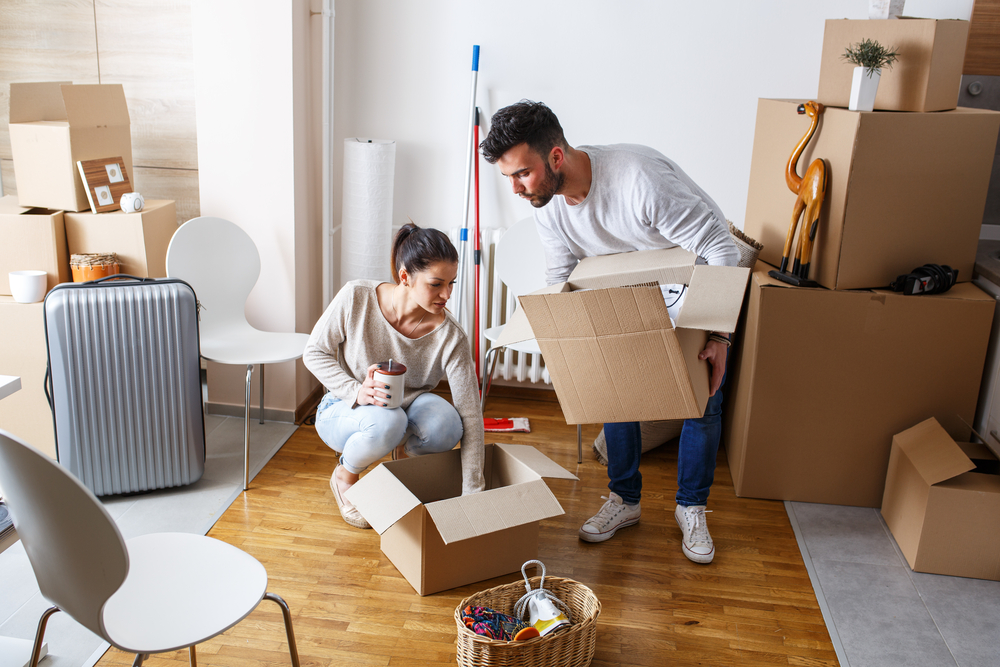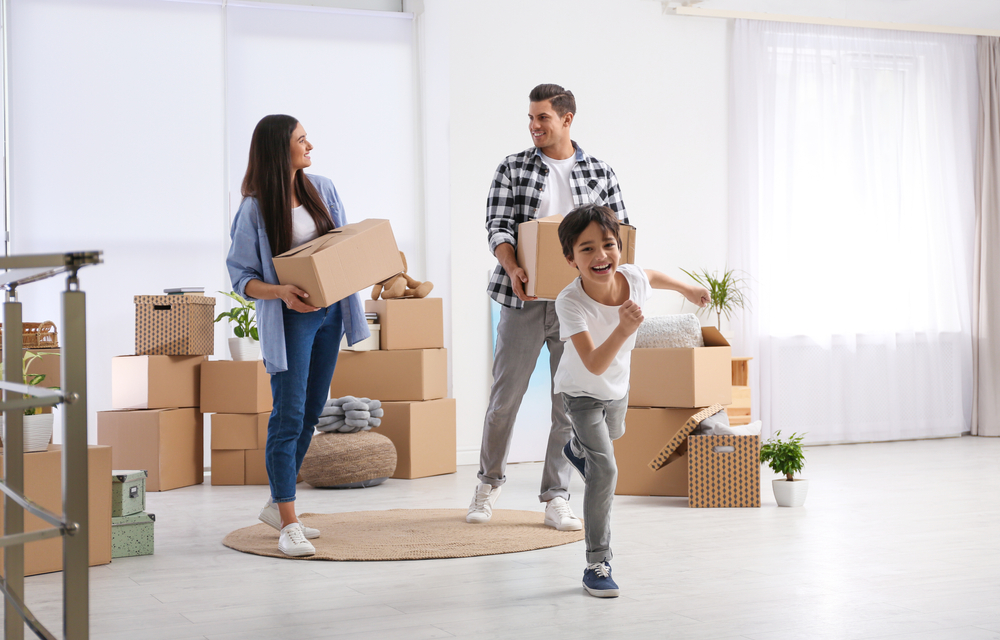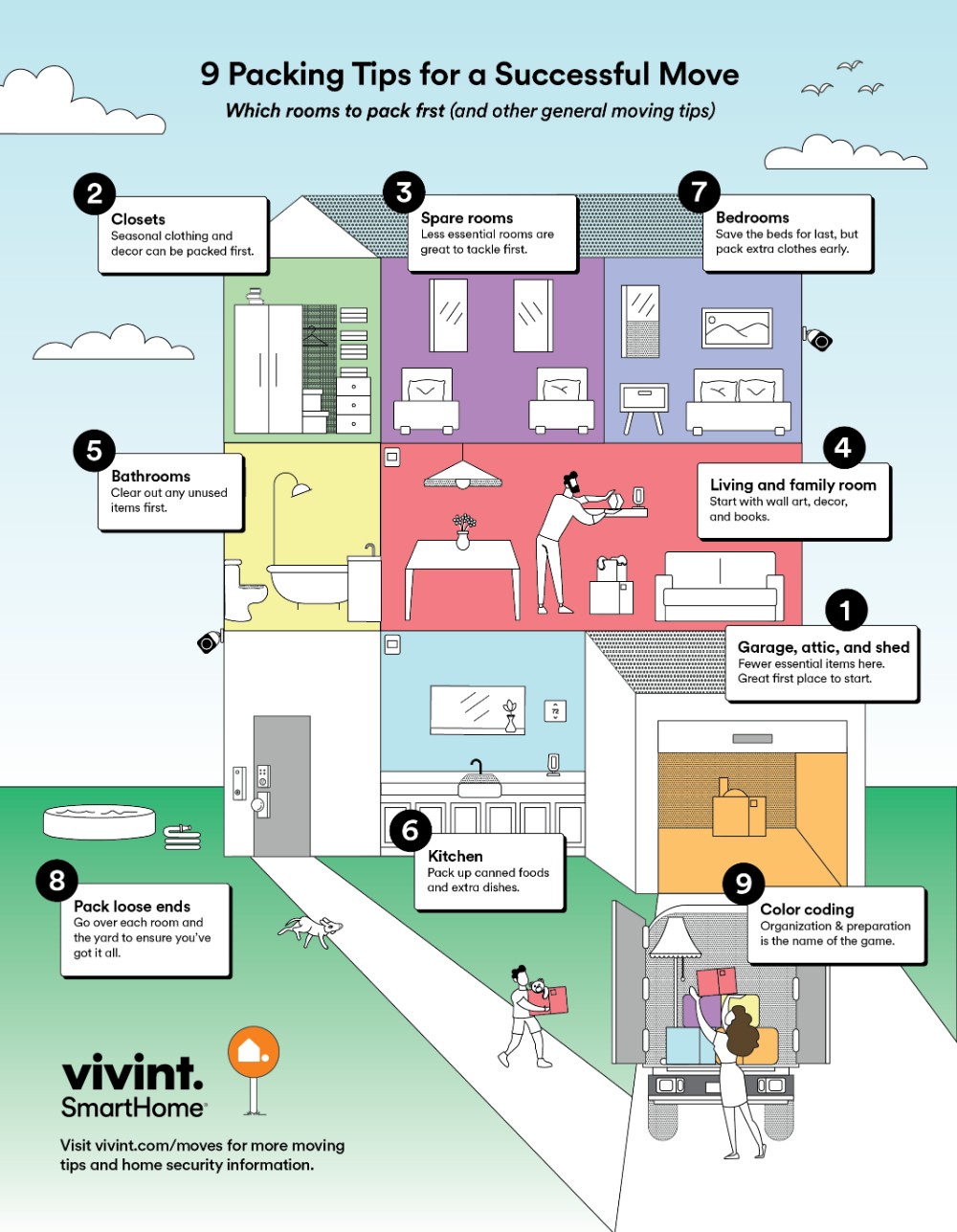Whether you’re moving across the country, or across the state, picking up and heading out is tough. For starters, you’re leaving behind friends, neighbors and memories. And a move isn't just emotionally taxing, but also physically and mentally demanding.
One of the worst parts of moving? Packing. Which room will you pack first? What materials and boxes will you need to keep everything protected? And how will you fit it all in the moving truck without damaging furniture or other valuable items?
Packing is a headache to say the least, even if you’ve read up on all the latest moving hacks. Thankfully, with a little planning, moving doesn’t have to take you to your wit’s end.
Preparing for your move can make all the difference when it comes to moving day. Check out these moving packing tips to make your move as smooth and stress-free as possible.

Which room should you pack first when moving?
When preparing for moving day, a good rule of thumb is to pack up the least-used rooms first. It doesn’t make sense to pack up rooms you use more often. For example, packing up your everyday clothes and bedroom first wouldn’t be the best idea. After all, you need a place to sleep and clothes to wear.
With that in mind, here’s a general recommendation for the order you should pack rooms:
- Attic, garage, and shed
- Closets
- Spare rooms
- Living room and family room
- Bathrooms
- Kitchen
- Bedrooms
- Loose ends and essential items
1. Packing your attic, garage, and shed
Some of the best moving advice is to begin packing items you have in storage and don’t use on a daily basis. Your attic may contain holiday decorations, an emergency food supply, or keepsakes. You won’t miss it if it’s packed first, so you might as well tackle it right away.
If you have a shed, it’s most likely full of items you only use on occasion. While it may be smart to keep paint, drills, and hammers handy, other items like lawnmowers, golf clubs, and power tools could easily be packed early.
Have a garage? The vehicles will be the last to go. That said, you probably have quite a few other odds and ends that could be donated, sold, or packed away. Extra sporting equipment, kayaks, bikes, scooters, and more could reasonably be packed early on.





